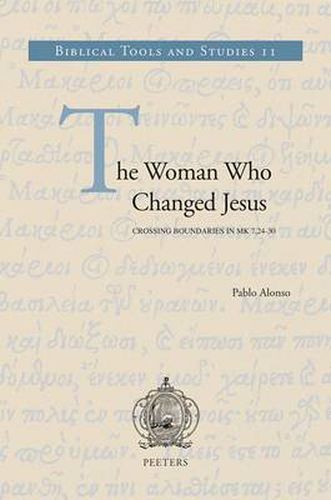Readings Newsletter
Become a Readings Member to make your shopping experience even easier.
Sign in or sign up for free!
You’re not far away from qualifying for FREE standard shipping within Australia
You’ve qualified for FREE standard shipping within Australia
The cart is loading…






Several features of the story of the encounter between Jesus and a Syrophoenician woman (Mk 7,24-30) are unique within the Second Gospel: the stress on the woman’s identity, Jesus’ first refusal to help her, the woman’s answer recorded in direct speech, and the fact that Jesus does not seem to expel the demon. This monograph seeks to cast light on the pericope by taking recourse to both diachronic and synchronic methods. It begins with the history of the interpretation of Mk 7,24-30 par. Mt 15,21-28, starting from the patristic period. The ensuing historical-critical study of the Markan text includes an examination of the literary relationship with the Matthean parallel and paves the way for an analysis of Matthew’s redaction and his position vis-a-vis Judaism and the Gentile world. The book ends with a synchronic and contextual reading of Mk 7,24-30 attentive to its placement in the Gospel in order to reach the final stage of interpretation.
$9.00 standard shipping within Australia
FREE standard shipping within Australia for orders over $100.00
Express & International shipping calculated at checkout
Several features of the story of the encounter between Jesus and a Syrophoenician woman (Mk 7,24-30) are unique within the Second Gospel: the stress on the woman’s identity, Jesus’ first refusal to help her, the woman’s answer recorded in direct speech, and the fact that Jesus does not seem to expel the demon. This monograph seeks to cast light on the pericope by taking recourse to both diachronic and synchronic methods. It begins with the history of the interpretation of Mk 7,24-30 par. Mt 15,21-28, starting from the patristic period. The ensuing historical-critical study of the Markan text includes an examination of the literary relationship with the Matthean parallel and paves the way for an analysis of Matthew’s redaction and his position vis-a-vis Judaism and the Gentile world. The book ends with a synchronic and contextual reading of Mk 7,24-30 attentive to its placement in the Gospel in order to reach the final stage of interpretation.